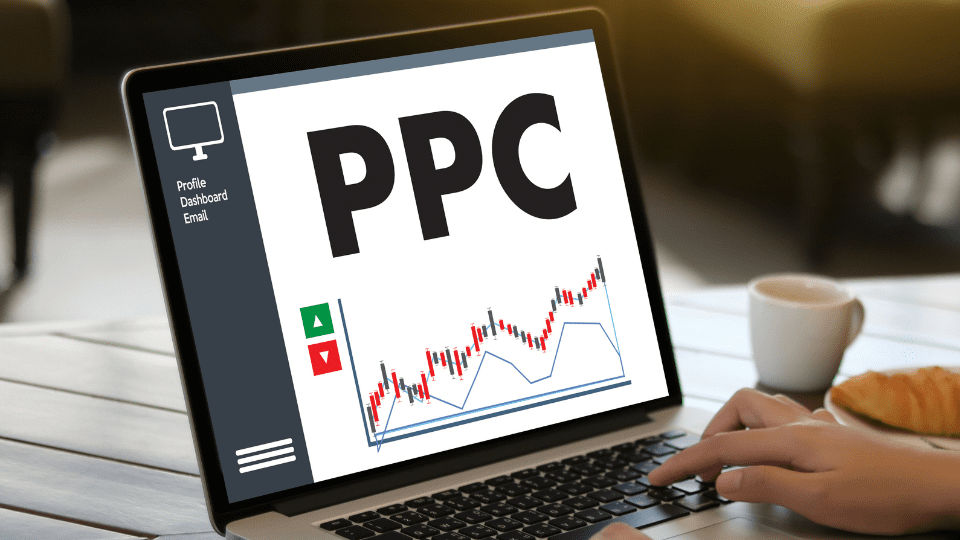Google Ads continues to be a powerful tool for businesses aiming to expand their reach online. However, the cost of advertising on Google can vary significantly depending on several factors, such as industry, keyword competitiveness, and ad quality. This guide aims to provide a thorough understanding of the pricing structures associated with Google Ads, how these costs are determined, and strategies for optimizing your ad spend in 2025.

Google Ads Cost Breakdown in 2025
In 2025, businesses typically spend between $100 to $10,000 per month on Google Ads, with most paying between $0.11 to $0.50 per click and $0.51 to $1.00 per 1000 impressions. These averages highlight the variability in Google Ads pricing, which is influenced by several key factors:
- Industry: The competitiveness of the industry plays a significant role in determining Google Ads costs. Industries like legal, finance, and real estate tend to face higher costs due to increased competition for top keywords.
- Keywords: The demand for specific keywords can drastically affect your cost-per-click (CPC). High-demand keywords typically require higher bids to secure ad placement.
- Quality Score: Google evaluates your ad’s relevance and landing page quality, assigning a Quality Score that impacts your ad’s visibility and cost.
- Bid Amount: Your maximum bid directly influences your ad’s ranking. Setting competitive bids ensures better placement in the search results.
- Market Trends: Changes in consumer behavior and market dynamics can cause fluctuations in CPC and cost-per-thousand-impressions (CPM).
Industry-Specific Google Ads Costs
The cost of Google Ads varies across industries. Some sectors experience significantly higher CPCs due to intense competition for key search terms. Here’s an overview of the average CPC by industry:
- Legal Services: $6.00 – $12.00 per click
- Finance and Insurance: $5.00 – $8.00 per click
- Real Estate: $4.00 – $6.00 per click
- Healthcare: $2.00 – $5.00 per click
- Retail: $1.00 – $2.50 per click
These costs can vary even within industries based on specific product or service niches. Businesses in consumer services, for instance, pay an average of nearly $7 per click, which often compels them to allocate a larger portion of their marketing budget to Google Ads.
The Role of Quality Score in Google Ads Pricing
Your Quality Score is a critical factor that influences Google Ads pricing. Google assigns a Quality Score on a scale of 1 to 10, evaluating the relevance and quality of your ad, the expected click-through rate (CTR), and the landing page experience. A higher Quality Score can reduce your CPC and improve your ad’s position in search results.
Components of Quality Score:
- Ad Relevance: How closely your ad matches the intent behind the user’s search query.
- Expected Click-Through Rate: The likelihood that users will click on your ad based on its content and historical performance.
- Landing Page Experience: The overall user experience when someone clicks on your ad, including page load speed, relevance, and ease of navigation.
Improving these components can lead to a lower CPC and better ad positioning, allowing you to maximize the return on your Google Ads investment.
The Impact of Bidding Strategies on Google Ads Costs
Google Ads operates on a bidding system, where advertisers set the maximum amount they’re willing to pay for a click on their ad. However, you won’t always pay the maximum bid. Google uses a formula to determine your actual CPC:
This formula ensures that businesses with higher Quality Scores can achieve better ad placements at a lower cost than competitors with lower Quality Scores. Therefore, optimizing your ads to improve your Quality Score can help you achieve cost-effective ad placements even with smaller budgets.
Bidding Strategies:
- Manual Bidding: You set individual bids for specific keywords based on your campaign goals.
- Automated Bidding: Google adjusts your bids automatically to help achieve the best possible results within your budget.
Selecting the right bidding strategy depends on your campaign objectives and the level of control you wish to maintain over your ad spend.
Google Ads Pricing by Ad Network
Google Ads operates across two primary networks: the Google Search Network and the Google Display Network. Costs can differ significantly between these two networks.
Google Search Network:
Ads on the Google Search Network appear in Google’s search results and typically cost more due to the direct intent of users. The average CPC ranges from $0.11 to $0.50, making it a highly effective option for businesses targeting high-intent keywords.
Google Display Network:
Ads on the Google Display Network appear on millions of websites, apps, and videos. While CPC rates on the Display Network tend to be lower, ranging from $0.10 to $0.70, these ads often have lower conversion rates compared to Search Network ads due to the more passive nature of the audience.
Additional Google Ads Costs
Beyond the standard CPC and CPM costs, businesses should also consider additional expenses associated with managing Google Ads campaigns, such as:
- PPC Management Fees: If you partner with a PPC agency, expect to pay between $500 to $3,000 per month for professional management services. These fees can vary based on the agency’s pricing model and the scope of your campaigns.
- PPC Software Costs: Businesses that manage their PPC campaigns in-house may choose to invest in PPC management software, which can cost anywhere from $15 to $800 per month. These tools help streamline campaign management, optimize bids, and evaluate ad performance.
Optimizing Google Ads Budgeting and Bidding
Effectively managing your Google Ads budget requires a strategic approach to bidding and spending. Here’s how to ensure you get the most out of your investment:
- Set Realistic Daily Budgets: Google allows you to set a daily budget for each campaign, helping you control your monthly spending. It’s crucial to monitor your campaigns closely to ensure your budget aligns with your business goals.
- Leverage Automated Bidding: Automated bidding can help you achieve optimal results by adjusting bids based on real-time data. However, be sure to set maximum bid limits to avoid overspending.
- Test and Refine Campaigns: Continuously testing ad variations, landing pages, and bidding strategies can lead to better performance and more efficient ad spend.
By following these practices, businesses can optimize their Google Ads campaigns, achieve better results, and maximize return on investment.
Conclusion
In 2025, Google Ads remains one of the most effective online advertising platforms for businesses of all sizes. While costs can vary significantly depending on factors like industry, keyword competitiveness, and bidding strategies, a well-optimized Google Ads campaign can deliver substantial returns on investment. By focusing on improving your Quality Score, selecting the right bidding strategy, and managing your budget effectively, your business can achieve success in the competitive world of Google Ads.






